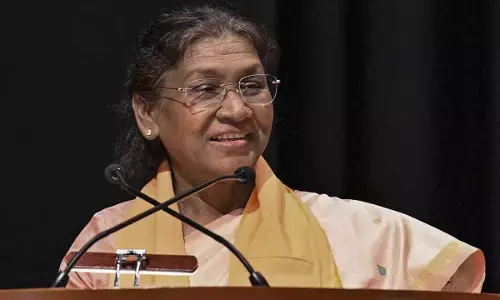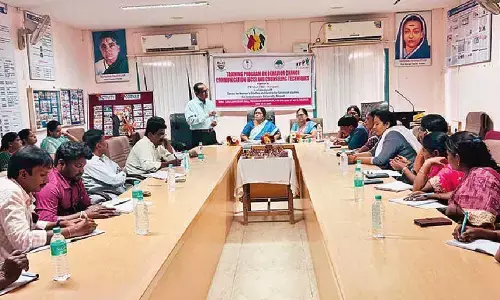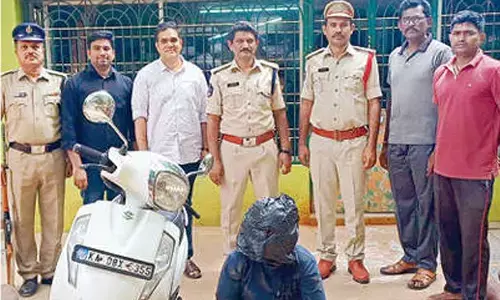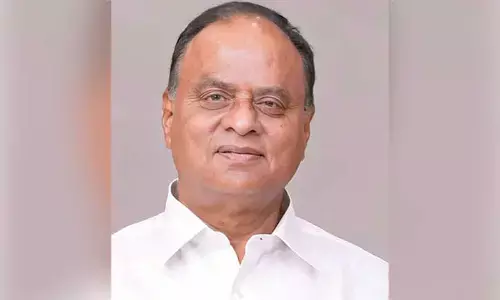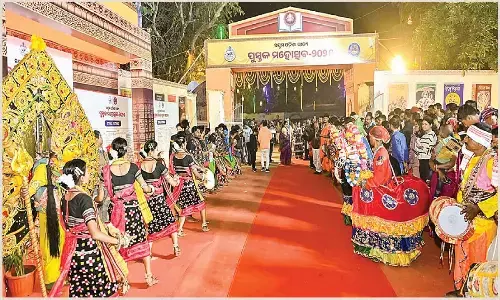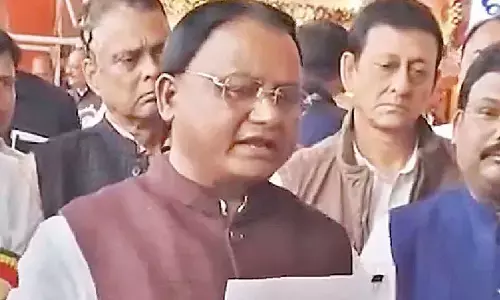Cracking IIT should not be the only goal: Chukka Ramaiah
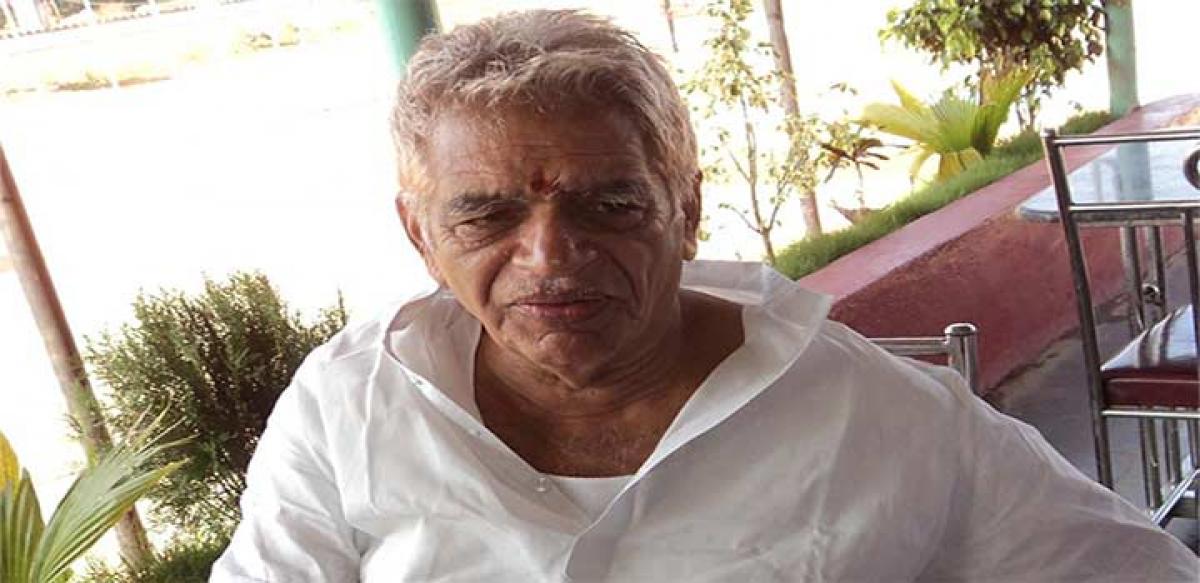
Chukka Ramaiah, 89, the prime mover of IIT entrance coaching in Hyderabad, is an international icon in this field, having spent an entire lifetime in academics, holding various positions, other than a worthy stint as Member of Legislative Council (2007-13), representing the Teacher’s Constituency.
IIT Ramaiah Coaching Institute, established in 1985, has been the El Dorado for parents over a generation and more, and many of its students have gone on to become legendary names in the corporate sector, both in India and all over the world.
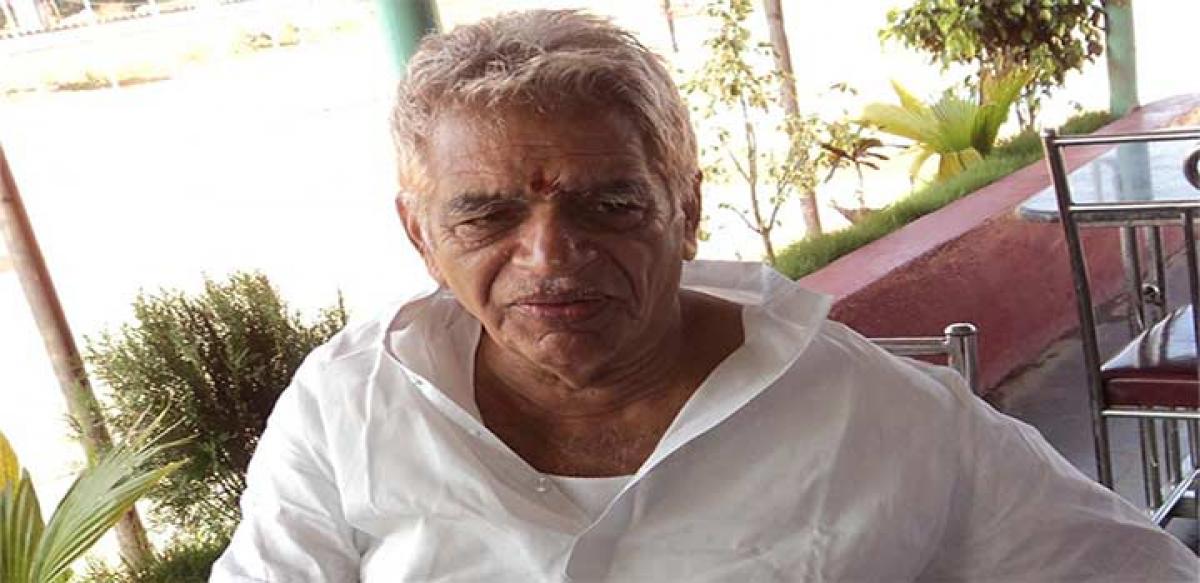
Chukka Ramaiah, 89, the prime mover of IIT entrance coaching in Hyderabad, is an international icon in this field, having spent an entire lifetime in academics, holding various positions, other than a worthy stint as Member of Legislative Council (2007-13), representing the Teacher’s Constituency.
His IIT Ramaiah Coaching Centre, established in 1985, has been the El Dorado for parents over a generation and more and many of its students have gone on to become legendary names in the corporate sector, both in India and all over the world. In a free-wheeling interview with YOUNG HANS, Ramaiah was candid in his assessment of the current state of affairs in the field of education in general and IIT coaching in particular.
IIT coaching is not the same any more since the time you started more than 30 years ago. In your opinion, how has the scenario evolved and where do you think it is headed?
Since the time my coaching centre began, I have been actively involved with the goings on with regard to IIT coaching till 2007. One thing which has been unique about the IIT entrance exam question papers is that over the past 50 years no question paper has been repeated ever.
Moreover, the questions are not picked from any text book and notably, never exceeded the syllabi which matches the intellectual level of a Std XII or Intermediate pass student. The examiners are obviously of a high standard, carefully selected by the convenor of the IIT institution which is responsible for conducting the exam and they have consistently met the amazing challenges of setting a question paper of this nature, innovating constantly.
Till recently, there were only seven IITs. Now it has become 16. Still the old seven IITs are those among which the task of paper setting is rotated.
The unique point is that the questions were based on the mistakes made by the student while answering them and this was done after detailed evaluation of the answers collated from the answer sheets of various centres in the country. This was the practice, having essay type questions for four decades of IIT’s existence till 2005.
So, how have the trends changed over this past decade? What has been its impact on the swelling number of students who appear for the IIT entrance exams all over India?
As I said, the pattern of examination was different till 2005. With the introduction of multiple choice pattern, the ranking of IIT examinations has gone down, from the top five to somewhere around 250 as far as competitive examinations go.
Today, students, well versed in the probability theory somehow manage to answer the questions, by a trial and error method. Moreover, coaching centres too seem to have created the impression that they have come close to predicting the method behind the questions posed.
Our faculty go to the class with full preparation. I can also tell you that we used to be there, after preparing for a minimum of five to six hours for every class. Till a few years ago, say till 2007, students used to challenge our solution to the problems posed.
Now things are different. Today’s students have no innovative abilities or capacity to think or react creatively.
Could you elaborate on what other changes you have seen in the manner in which the coaching methods have evolved and the role of students in this regard?
Our students were not hostellers, a trend which is in existence today. In fact one of our pre-conditions prior to admission after the Student Aptitude Test was that parents should stay with the child during the coaching period, if not both, at least the mother.
This was to bring about the emotional balance for the hard working students who would be put through a severe routine in our centres. It was possible as our students came from far and near in the undivided state of Andhra and also from reputed schools in the capital.
Now with the testing moving to the product and not the process of preparation, things were bound to change.
Today, in Telangana, that kind of a family support is missing for the aspirants. Other than this, if you need results, you surely need to nurture it from the basic level.
With bifurcation, the student profile too has changed, as this year, we had no students from Andhra for our entrance exam.
Still, getting admitted to IITs is an obsession in our part of the country. What do you advice the students to do if they have to be successful in meeting their goal?
I wish to say that cracking the IIT entrance should not be the solitary goal. Students today need to have the capacity to be innovative and articulate enough to express one’s ideas. Soft skills are as important as core competency in one’s profession.
When I went to the USA recently, I saw high school students effortlessly explaining concepts and project related details of their academic work to an adult audience.
This was because they were not only subject-wise competent but also built on their capacity to communicate. Here too, emphasis should be given on 360 degree learning.
The responsibilities of the teacher is not only to provoke the students but also create an enabling environment for them to question and counter their teaching inputs.
Today, the teacher has been greatly helped by technology. Our faculty is able to demonstrate 3-D problems before the students comfortably.
I assert however that technology can only elevate the teaching ability but not add value to the innate abilities of the tutor. It is good to be IT savvy but not a slave to technology.
By:K Naresh Kumar








